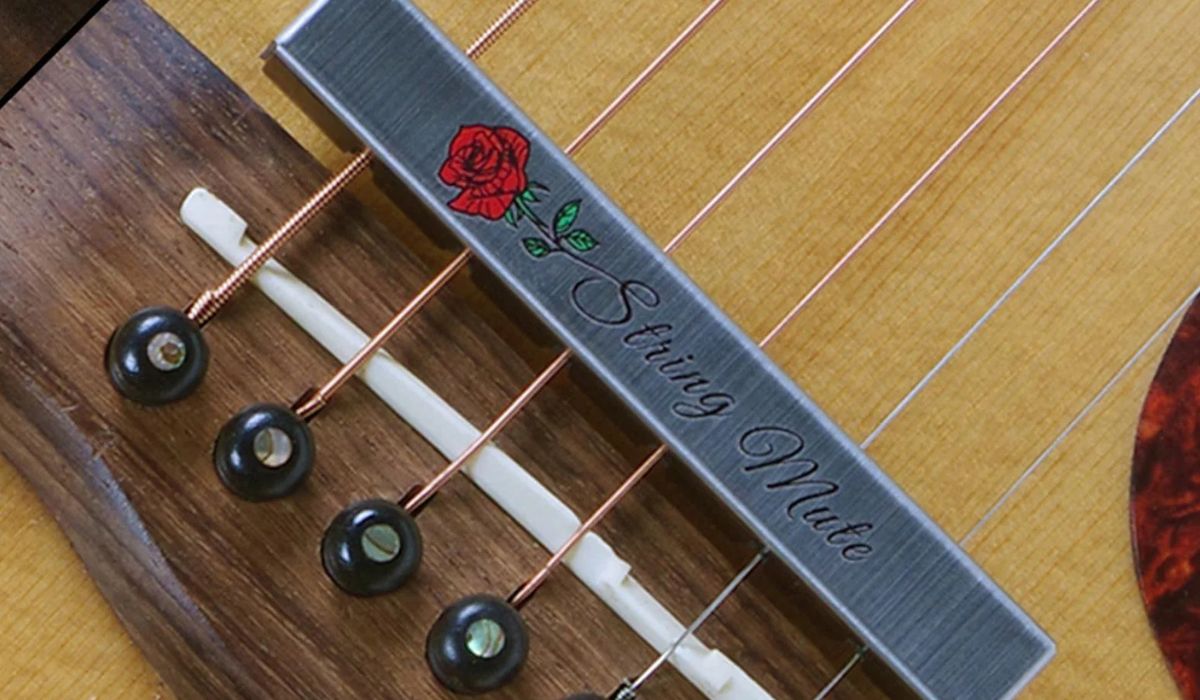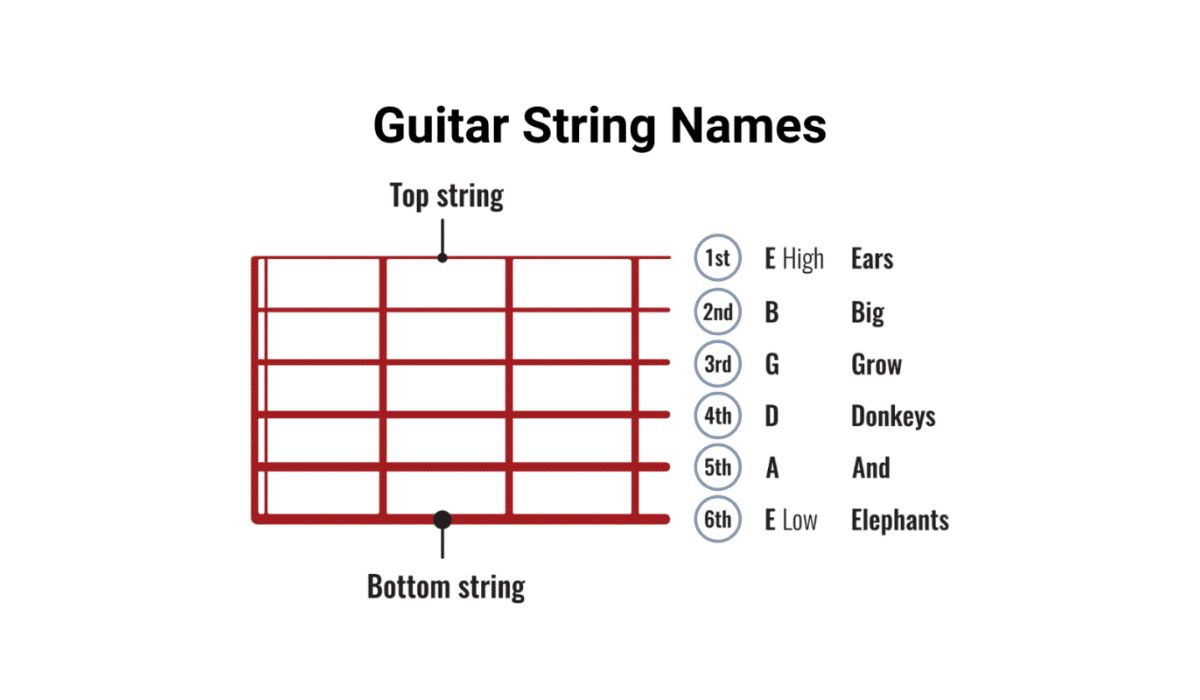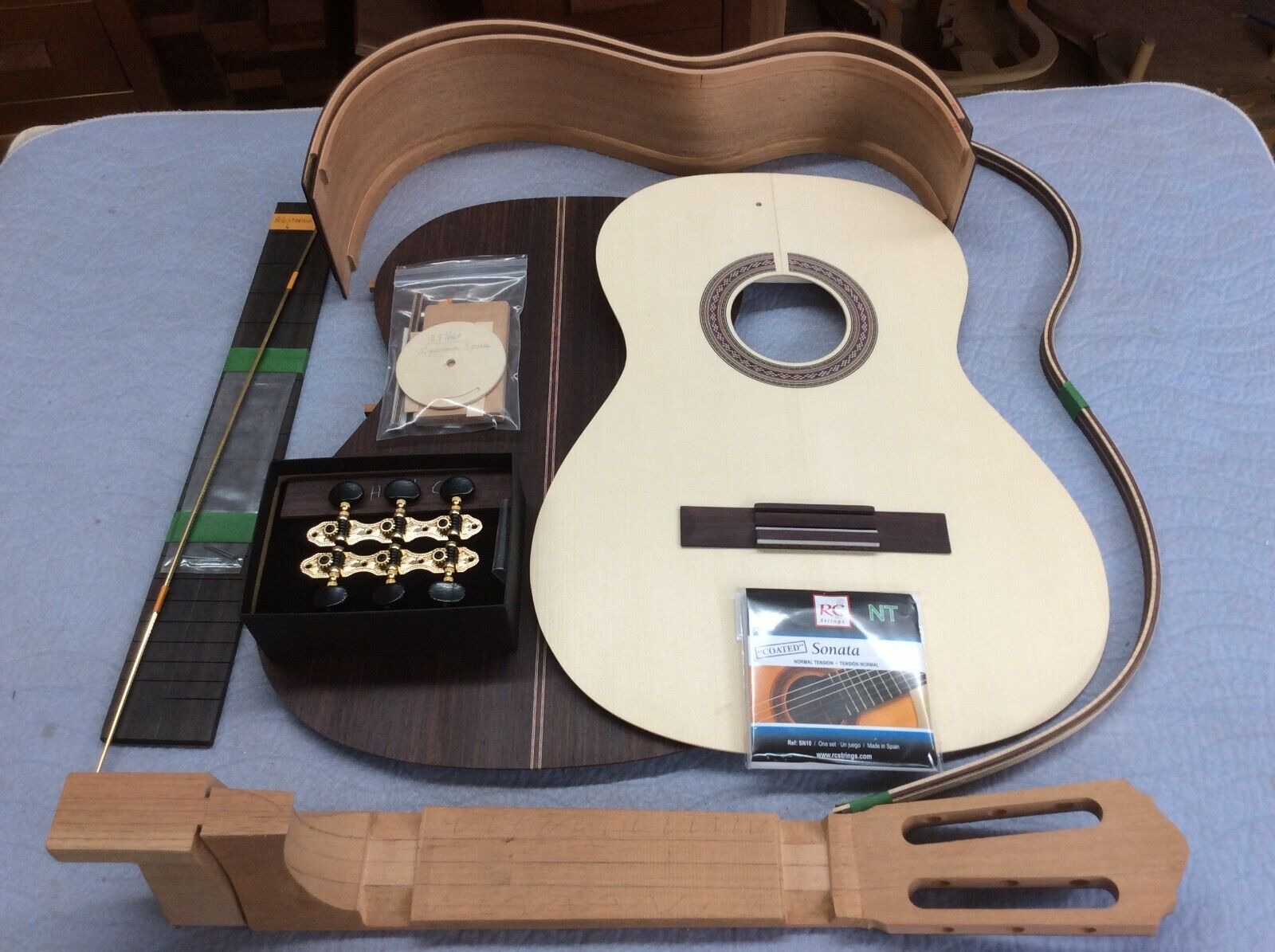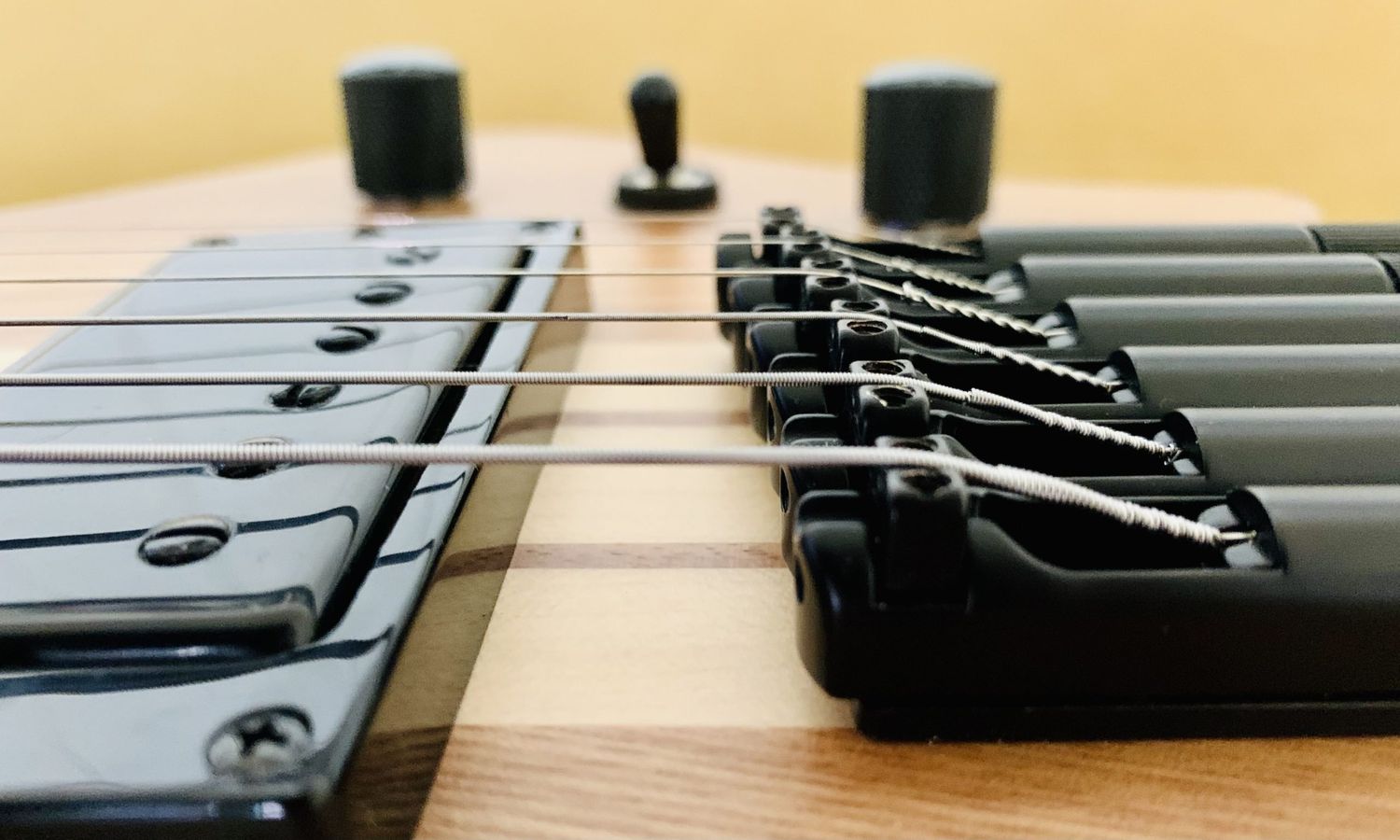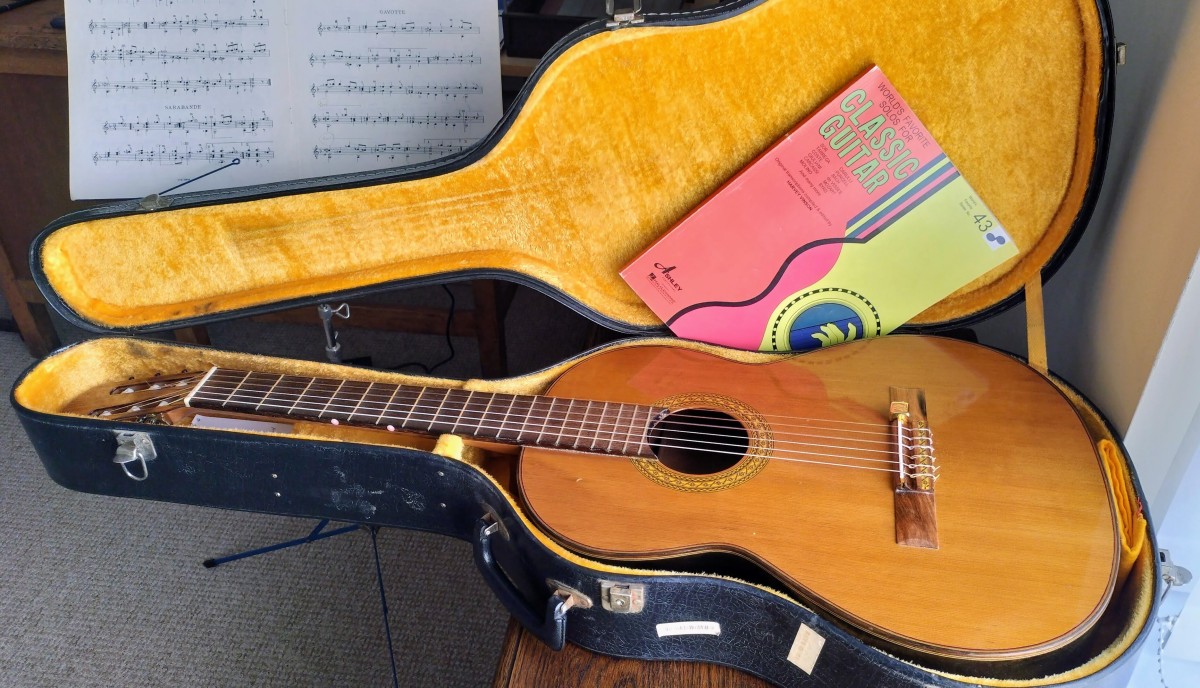Home>Genres>Classical>How Often Change Classical Guitar Strings
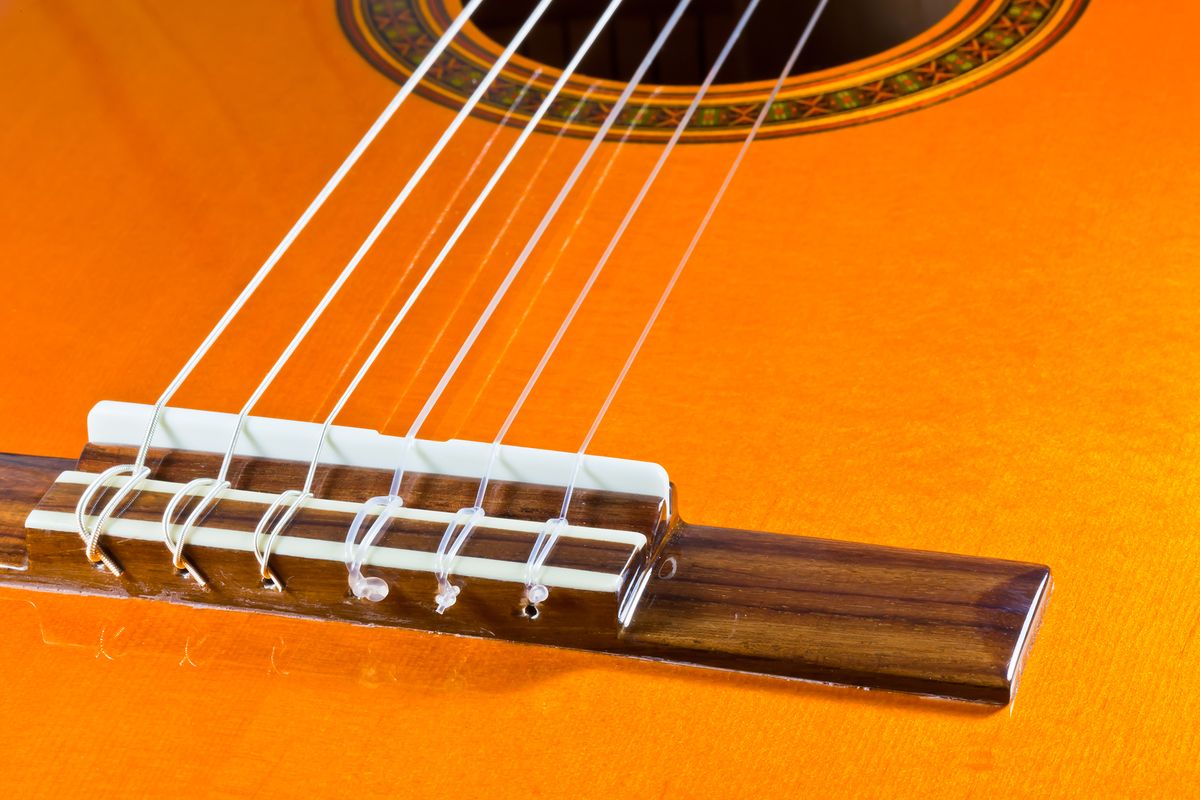

Classical
How Often Change Classical Guitar Strings
Modified: February 15, 2024
Wondering how often to change your classical guitar strings? Learn the best practices for maintaining the quality and sound of your classical guitar with our expert tips.
(Many of the links in this article redirect to a specific reviewed product. Your purchase of these products through affiliate links helps to generate commission for AudioLover.com, at no extra cost. Learn more)
Table of Contents
Introduction
Classical guitar strings are vital components of a guitarist’s toolkit. They play a crucial role in determining the overall sound and playability of the instrument. Over time, however, guitar strings become worn out and lose their optimum tone and responsiveness, necessitating a change. But how often should you change your classical guitar strings?
The frequency of string changes depends on various factors, including playing style, string type, and environmental conditions. In this article, we will explore these factors and provide recommendations on how often you should change your classical guitar strings.
Before diving into the specifics, it’s important to note that there is no exact formula for string change intervals, as it can vary from player to player. However, understanding the various factors involved can help you determine the right time to change strings and maximize your playing experience.
In the following sections, we will discuss the different factors to consider, the types of strings available, recommended string change frequencies, signs that indicate when strings need to be changed, and proper string maintenance techniques.
By the end of this article, you’ll have a clear understanding of how often to change your classical guitar strings and how to prolong their lifespan while maintaining exceptional sound quality.
Factors to Consider
When determining how often to change your classical guitar strings, there are several factors that you should consider:
- Playing frequency: How often do you play your guitar? If you’re a daily player or perform regularly, you may need to change your strings more frequently compared to someone who only plays occasionally.
- Playing style: Different playing styles can exert varying amounts of pressure on the strings. Aggressive strumming or frequent bending can lead to faster string deterioration, necessitating more frequent changes.
- String type: The type of strings you use can also impact their lifespan. Classical guitar strings are typically made from nylon or a combination of nylon and metal. Pure nylon strings tend to last longer than strings with metal windings, which are often found in bass strings.
- Environmental conditions: The environment in which you play and store your guitar can affect string longevity. Factors such as humidity, temperature extremes, and exposure to sweat or oils from your fingers can all contribute to faster string wear and corrosion.
- Tone preference: Some guitarists prefer the bright and crisp sound of new strings, while others may enjoy the warm and mellow tone that comes with slightly older strings. Your personal preference will influence how often you choose to change your strings.
It’s important to note that these factors are not mutually exclusive and can interact with each other. For example, a guitarist with a heavy playing style who performs in humid environments may need to change their strings more frequently than someone with a lighter playing style in a controlled climate.
By taking these factors into account, you can make an informed decision regarding the frequency of string changes, ensuring that your classical guitar sounds its best and performs optimally.
String Types
Classical guitar strings come in different materials and constructions, each offering unique tonal qualities and characteristics. Understanding the different string types can help you make an informed choice when selecting strings for your instrument. Here are the most common types:
- Nylon: Nylon strings are the traditional choice for classical guitars. They produce a warm and mellow tone that is favored by many classical guitarists. Nylon strings are known for their durability and stability.
- Carbon/Nylon Composite: This type of string combines the bright tone of carbon strings with the warmth of nylon. Carbon/nylon composite strings offer improved projection and sustain while retaining the traditional classical guitar sound.
- Silk and Steel: Silk and steel strings are a hybrid option that combines the warmth of nylon with the brightness of steel. They offer a balanced tone and are often chosen by fingerstyle guitarists who require a softer touch.
- Fluorocarbon: Fluorocarbon strings are relatively new to the classical guitar world. They provide excellent clarity, intonation, and projection. These strings are known for their long lifespan and resistance to temperature and humidity changes.
- Silver-Plated Copper: Silver-plated copper strings produce a rich and warm tone with a clear projection. These strings are often chosen by advanced and professional players who seek enhanced tonal complexity and expressiveness.
When selecting strings for your classical guitar, consider your playing style, tonal preferences, and the specific characteristics of each string type. It’s important to experiment and find the strings that suit your playing style and produce the desired sound.
Additionally, it’s worth noting that different manufacturers may offer variations within each string type, so it’s beneficial to try out different brands to discover which ones work best for you.
In the next section, we will delve into the recommended frequency for changing classical guitar strings.
Recommended String Change Frequencies
The frequency at which you should change your classical guitar strings depends on several factors discussed earlier. However, as a general guideline, here are some recommendations for string change frequencies:
- Every 1-3 months: For regular players who practice several hours a day or gig frequently, changing the strings every 1 to 3 months is a good rule of thumb. This helps maintain optimal tone and playability.
- Every 6-12 months: If you’re an occasional player or have a lighter playing style, you can extend the lifespan of your strings to around 6 to 12 months before considering a change. Keep in mind that strings might lose their brightness and responsiveness over time.
- Observation and personal preference: Ultimately, the state of your strings and your personal preference should be the ultimate deciding factors. If you notice a significant decrease in tone quality, intonation, or playability, it’s time for a string change, regardless of the timeframe.
It’s important to note that these recommendations are not set in stone and can vary depending on the factors mentioned earlier, such as environment and playing style. Trusting your ears and evaluating the condition of your strings regularly is the best approach to determine when it’s time for a change.
Additionally, it’s worth considering changing all the strings at once rather than replacing individual strings. This ensures a consistent sound across all strings and minimizes discrepancies in tone and tension.
Now that we’ve discussed the recommended frequency for changing strings, let’s explore some signs that indicate when it’s time to swap out your classical guitar strings.
Signs that Strings Need to be Changed
Knowing when to change your classical guitar strings goes beyond following a specific timeline. It involves paying attention to the condition of the strings and observing any signs of wear or deterioration. Here are some common signs that indicate it’s time to change your strings:
- Loss of brightness: If your strings have become dull and lack the sparkle and brightness they had when new, it’s a clear indicator that they need to be changed. Fresh strings offer a crisper and more vibrant tone.
- Inconsistent intonation: If you notice that your guitar’s intonation has become less accurate, with certain notes sounding out of tune higher up the fretboard, worn-out strings may be the culprit. Old strings can lose their ability to hold proper pitch and intonation.
- Poor tuning stability: Strings that have lost their elasticity and tensile strength can struggle to stay in tune, causing constant adjustments to maintain proper pitch. If you find yourself frequently retuning your guitar, it may be time for new strings.
- Physical wear and tear: Observe the physical condition of your strings. Look for visible signs of wear, such as fraying, discoloration, or corrosion. Any significant damage to the strings can affect their sound quality and playability.
- Reduced playability: As strings age, they can become rough to the touch and develop grooves from constant finger pressure. This can hinder smooth playing and lead to discomfort or poor technique. Fresh strings provide a smoother and more enjoyable playing experience.
Keep in mind that these signs may manifest differently depending on the string type and other factors. Regularly inspecting your strings and assessing their condition will help you determine when it’s time for a change.
Now that we’ve covered the signs that indicate worn-out strings, let’s explore some essential tips for proper string maintenance to prolong their lifespan.
Proper String Maintenance
Caring for your classical guitar strings is crucial to maintaining their longevity and optimal performance. By following these simple maintenance tips, you can extend the life of your strings:
- Keep your hands clean: Before playing, wash and dry your hands thoroughly. The natural oils and sweat from your skin can corrode the strings over time, leading to a shorter lifespan and diminished tone.
- Wipe down your strings: After each playing session, use a clean, dry cloth to wipe down your strings. This removes dirt, sweat, and debris that can accumulate and cause premature wear.
- Avoid excessive bending: While bending strings can add expressive flair to your playing, excessive and aggressive bending can cause stress and premature wear on the strings. Practice bending techniques in moderation to prolong string life.
- Store your guitar properly: When not in use, store your guitar in a case or a dedicated guitar stand to protect it from environmental factors, such as humidity and temperature changes. This will prevent unnecessary string corrosion and damage.
- Use string lubricant: Applying a small amount of string lubricant or conditioner on your strings can reduce friction, helping them to last longer. Ensure that the lubricant is suitable for use with classical guitar strings to avoid any adverse effects on tone and playability.
- Avoid extreme temperature and humidity: Exposing your guitar to extreme temperature and humidity levels can cause the strings to expand or contract, leading to changes in tone and intonation. Try to keep your guitar in a stable environment to minimize these effects.
Following these maintenance practices will help prolong the life of your strings and ensure that you enjoy the best possible sound and playability from your classical guitar.
Now that you understand the importance of proper string maintenance, let’s summarize the key points discussed in this article.
Conclusion
Changing your classical guitar strings is an essential aspect of guitar maintenance and plays a significant role in maintaining optimal tone quality and playability. While the exact frequency of string changes depends on factors such as playing style, string type, and environmental conditions, it is generally recommended to change strings every 1-3 months for regular players and every 6-12 months for occasional players.
Signs that indicate it’s time to change your strings include loss of brightness, inconsistent intonation, poor tuning stability, physical wear and tear, and reduced playability. Regularly inspecting your strings and listening to their sound and feel will help you determine when it’s time for a change.
Proper string maintenance involves keeping your hands clean, wiping down the strings after each use, avoiding excessive bending, storing your guitar properly, using string lubricant, and avoiding extreme temperature and humidity. Following these practices will help prolong the life of your strings and ensure optimal performance.
Remember, while these guidelines provide a starting point, each guitarist will have their own preferences and playing habits. Trust your ears and be attentive to the condition of your strings to determine the best string change frequency that suits your needs.
By maintaining a regular string changing routine and implementing proper maintenance practices, you can prolong the lifespan of your classical guitar strings, ensuring that your instrument continues to produce beautiful music for years to come.

